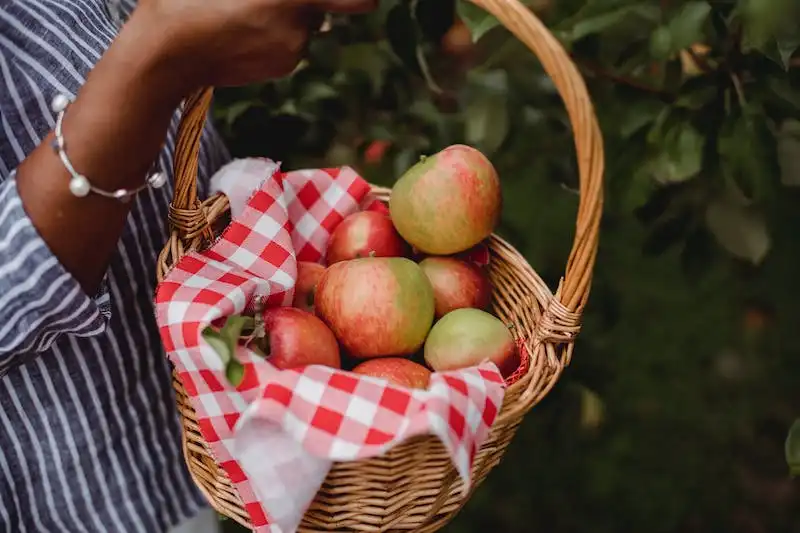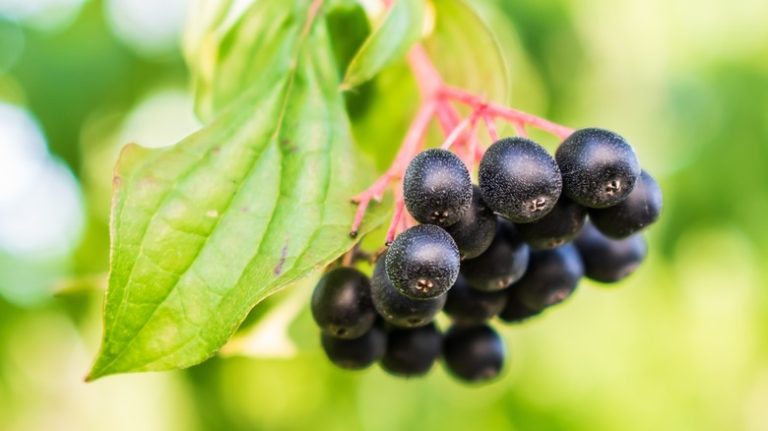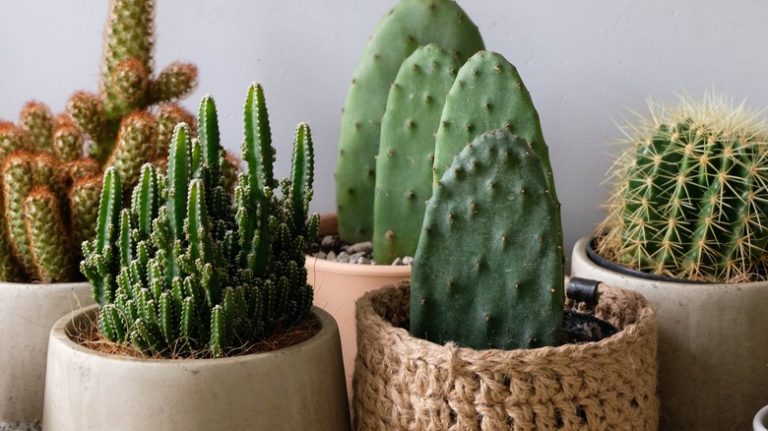Pests can cause damage to plants, trees, and shrubs, often resulting in their poor growth or death. It is important to manage pests effectively to ensure the well-being of your garden. One of the key factors in pest management is watering. Correct watering practices give plants the right amount of moisture they need to thrive. It is crucial to provide sufficient water, but also avoid over-watering, as this can lead to root rot and attract pests.
Another important aspect of pest management is the proper description and care of plants. Each type of plant requires different levels of aftercare and protection. For example, cotoneasters are popular shrubs known for their red berried foliage. They are often planted in front or back gardens, and their dense foliage can provide a good spacer for animal control. However, if not properly cared for, they can become susceptible to pests and diseases.
When growing plants in a garden, it is also important to select the right type of soil. Well-drained, fertile soils are the best for most plants, while poor soils can suppress plant growth and attract pests. Mulch and weed control are also important to prevent pests from infesting the garden. Mulch helps to retain moisture and suppresses weed growth, while weed control prevents pests from using weeds as a food source.
Pests can come from various sources, such as birds, animals, or wind-borne insects. Proper control methods should be used to manage pests effectively. This can include using physical barriers like bird netting or fences to keep birds and animals away. In some cases, chemical control may be necessary, but it should be used with caution and only as a last resort. Integrated pest management techniques, which aim to minimize the use of chemicals and rely on natural pest control methods, are becoming more popular.
To manage pests effectively, it is important to understand their life cycle and behavior. This will help you identify the best control measures and take appropriate action at the right time. Regular monitoring and inspection of plants for signs of pest damage is also important. By being proactive and taking care of your garden, you can prevent pests from causing damage and ensure the health and beauty of your plants.
Kansas is a state known for its beautiful countryside and diverse plant life. Whether you have a small garden or a large forest, knowing how to manage pests is essential for the success of your plants. With the right knowledge and techniques, you can ensure your plants are healthy and thriving all year round.
Cotoneaster Tree
The cotoneaster tree is a versatile plant that can be grown in a variety of environments. It is a shrub that can be used as a hedge or grown as a standalone tree. Cotoneasters are known for their attractive green foliage and berried branches, which are popular with birds and other wildlife.
Cotoneasters are best grown in well-draining soil, and they can tolerate a variety of soil types. However, they prefer fertile, moist soil. This shrub should be planted in an area where it can receive full sun or partial shade. Cotoneasters can also tolerate windy conditions.
Proper care and maintenance are essential for the health and growth of cotoneasters. Regular watering is important, especially during the growing season. The soil should be kept consistently moist, but not waterlogged. Mulching around the base of the tree with a layer of organic matter can help retain moisture and suppress weed growth.
Cotoneasters should be pruned in late winter or early spring to maintain their desired shape and size. This can also help promote flowering and berry production. Pruning should be done correctly to prevent any damage to the tree.
When it comes to pest control, cotoneasters are generally resistant to most pests and diseases. However, it’s important to monitor the tree for any signs of pests or diseases and take appropriate action if necessary.
Growing cotoneasters in Kansas can be advantageous, as they are well-suited to the region’s climate and soil conditions. They are also tolerant of poor soil and can thrive in both city and countryside environments.
| Features | Description |
|---|---|
| Berries | Cotoneaster trees produce red berries that are attractive to birds. |
| Flowers | The tree may also produce small white or pink flowers in the spring. |
| Trunk | The trunk of a cotoneaster tree has a distinct reddish-brown color. |
| Foliage | The leaves of the Cotoneaster are small and green, giving the tree a lush appearance. |
In conclusion, the cotoneaster tree is a versatile and attractive plant that can enhance any garden or landscape. With proper care and maintenance, it can thrive in a variety of environments and provide a beautiful focal point or hedge. Whether you are looking to manage pests, control weeds, or simply enjoy the beauty of this tree, cotoneasters are an excellent choice.
For more information on how to manage pests and care for your cotoneaster tree, please refer to the following links:
Select the correct type of cotoneaster for your garden or landscape, and enjoy the beauty and benefits that this tree can offer.
How to Manage Pests
Pests can cause damage and destruction to your garden, but with proper management techniques, you can protect your plants and keep your garden looking green and healthy all year round.
One of the best ways to manage pests in your garden is to select the correct plants for the conditions in your area. Different plants thrive in different environments, so choose plants that are well-suited to the soil and climate in your location.
When planting trees and shrubs, it is important to give them the best start possible. Prepare the soil by adding organic matter and mulch to improve drainage and provide nutrients. Water the plants regularly, especially during their first year of growth. This will help them establish strong root systems and withstand pests and diseases.
Aftercare is also crucial for the health and growth of your plants. Prune them regularly to remove dead or diseased branches, and space them adequately to allow for proper air circulation. This will help prevent the spread of pests and diseases.
If pests do manage to find their way into your garden, there are several methods you can use to control them. One option is to use natural pest control products, which are safe for both plants and the environment. Another option is to introduce beneficial insects that feed on common garden pests, such as ladybugs or lacewings.
In addition to these methods, you can also use physical barriers to keep pests away from your plants. Install fences or nets to protect vulnerable plants from animal damage, and use ties or stakes to support growing plants and prevent them from being blown over by the wind.
Cotoneasters are a popular choice for hedges in many gardens. They provide excellent protection from wind and their dense foliage can also help suppress weeds. Cotoneasters are easy to grow and require minimal care. For best results, choose a well-drained, fertile soil and water them regularly during dry periods. These plants are also known for their attractive berries, which can add a splash of color to your garden.
In the countryside, foresters and land managers should take steps to prevent the spread of pests and diseases. Regular inspections should be carried out, and any infected or damaged trees should be removed and destroyed. This will help prevent the spread of pests and ensure the health of the forest.
Managing pests in your garden or forest requires a combination of preventative measures and proactive intervention. By selecting the right plants, providing proper care, and using effective pest control techniques, you can enjoy a thriving and pest-free landscape.
Red Berried Cotoneaster Cotoneaster Cornubia
Red Berried Cotoneaster, also known as Cotoneaster Cornubia, is a type of shrub that can be managed and grown in various conditions. This particular type of cotoneaster grows best in well-drained soil and should be watered regularly, especially during the growing season. It is a popular choice for front or back gardens, as well as for hedges or as a standalone tree.
The red berried cotoneaster is known for its vibrant red berries, which are attractive to birds. It can grow up to 10 feet in height, with a trunk diameter of several inches. When selecting a location for planting, it is important to choose an area with fertile soil and good drainage.
Cotoneasters are generally hardy plants, but they may need some protection from pests and harsh weather conditions. To control pests, such as aphids or scale insects, you can use appropriate insecticides or invite beneficial insects to your garden. Wind protection and correct watering are also important for their growth. Cotoneasters, like the Cornubia variety, can also help suppress weed growth and provide a habitat for beneficial animals in the garden.
When planting a red berried cotoneaster, it is advisable to add organic matter to the soil and mulch around the base of the tree. This will help retain moisture and provide a level surface for the tree to grow. Regular watering, especially in the first year after planting, will help establish the roots and promote healthy growth.
In summary, the red berried cotoneaster, or Cotoneaster Cornubia, is a hardy shrub that thrives in well-drained soil and is best planted in fertile areas. It offers beautiful foliage, vibrant red berries, and can be used as a hedge or standalone tree. With proper care and regular watering, this type of cotoneaster can grow and provide a natural forest-like atmosphere to your garden.
Select plant type
When selecting plants for your garden, it is important to consider their specific characteristics, as well as their ability to thrive in your specific location. One plant type that may be suitable for your garden is the cotoneaster.
Cotoneasters are shrubs or small trees that are known for their attractive features, such as their bright red berries and green foliage. They are versatile plants that can be used in various ways, whether as a hedge, a ground cover, or a standalone specimen. Their ability to grow in a wide range of soils and their tolerance to poor soil make them a popular choice for many gardeners.
Depending on the variety, cotoneasters can reach a height of 6 to 20 feet, with a spread of 6 to 15 feet. They are relatively easy to grow and require minimal care, making them a low-maintenance option for any garden. However, it is important to give them the correct aftercare to ensure their optimal growth.
When planting cotoneasters, you should dig a hole that is at least twice the width of the pot and the same depth as the root ball. After planting, you should water the plant well and add a layer of mulch around the base to help retain moisture and suppress weed growth. Regular watering, especially during dry periods, will help the plant establish itself and thrive.
Cotoneasters are generally resistant to most pests and diseases, but they can suffer from damage caused by certain animal and insect pests. To protect your plants, you can use physical barriers or organic pest control methods. Tying branches back from the front and sides of the shrub or using spacer ties can help prevent damage from animals.
In terms of where to plant cotoneasters, they can be grown in full sun or partial shade. They do well in most soil types, but they prefer well-drained soil. If you have clay or heavy soils, you may need to amend the soil with organic matter to improve drainage. Additionally, cotoneasters are known to attract birds with their berries, so they can also be used to create wildlife-friendly areas in your garden.
Overall, cotoneasters are a great choice for any garden, providing both aesthetic appeal and functional benefits. Whether you want to create a formal hedge or add a splash of color to your garden, cotoneasters can be a versatile and hardy option.
To learn more about cotoneasters and other plants suitable for your garden, you can visit websites that provide plant descriptions and gardening advice. Kansas State University’s Plant Protection and Weed Control Service and The Royal Horticultural Society are examples of websites that offer a wealth of information on plants and how to manage pests in your garden.




